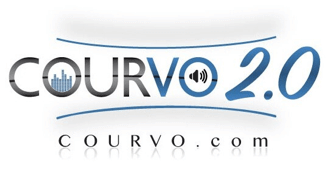
Oddly enough…as the oldest guy in the newsroom, I’ve had to educate the 20-somethings I work with….NOT to use the phrase “caught on tape”. That’s how deeply it’s embedded in our culture (“caught on camera” is much better).
It’s the same with “reels”.
No, we don’t use cassettes or reel-to-reel tape to record on anymore.
And no…we scarcely call demos “reels” anymore.
When I hear that, I suspect the person is either older or lives in LA/NYC.
The question came up in a Backstage article yesterday. “How Do I Create a Voiceover Reel Without Professional Experience”.
The “expert” answer by Linnea Sage was not the most sage advice I’ve seen on the subject. Not terribly off base, but missing some essential filler.
Here is my unsolicited answer to the question posed in that article in a shorthand list form:
- MY answer would be that you don’t create a “reel” (now called a “demo”) until you’re ready, and that could take a year or two.
- Never do your demo yourself. You’re too close to your voice to be objective.
- Write your own copy, or have it written for you. “Borrowing” ad copy might infringe on intellectual property.
- Don’t construct a demo from auditions you’ve done. You may not have permission.
- Producing a demo is one thing, directing a demo is distinctly different… you need a good producer AND a good director at your demo recording session. Not many can do both.
- If you plan to work out of your private home studio, then use the equipment in THAT studio to cut your demo…anything else is disingenuous, and not representative of what you can do for your clients.
- You should never accept an offer for a “demo workshop weekend” where you get a day or two of coaching, and then walk away with a demo. No no no. There are many of these (I want to call them scams) out there, and it’s just not a prudent use of your money or time.
- There are many many kinds of demos for all kinds of VO genres. The radio/TV “commercial” demo is usually what people do first. It should be no more than a minute long, and should have your signature sound in the first 10 secs.
- An audiobook demo can be longer (3-5 mins), and should include dialogue, both genders, and any dialects you can legitimately do.
- An eLearning demo should not have music under it.
- Expect to spend anywhere from $1200 to $2500 for a professional demo.
